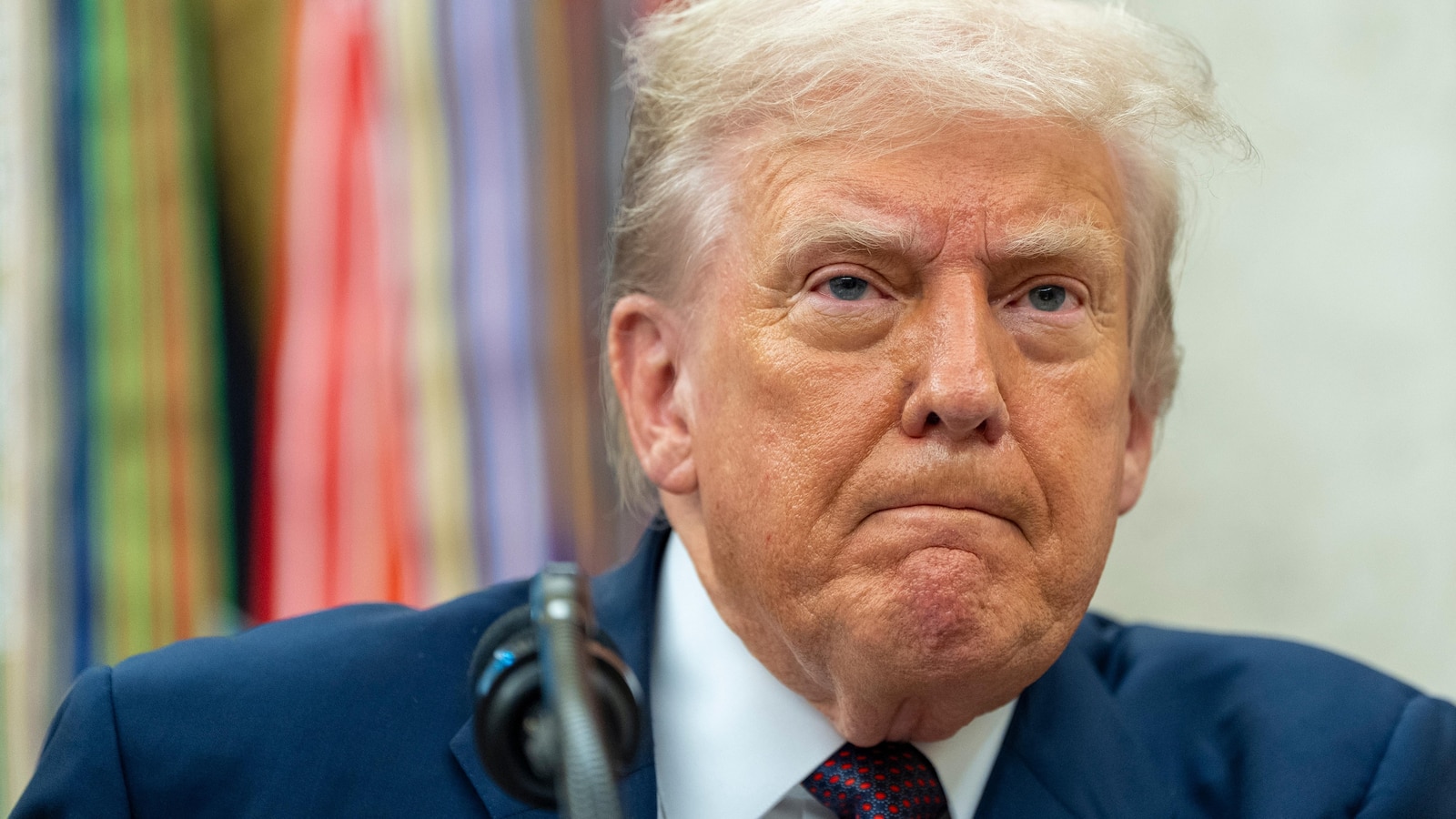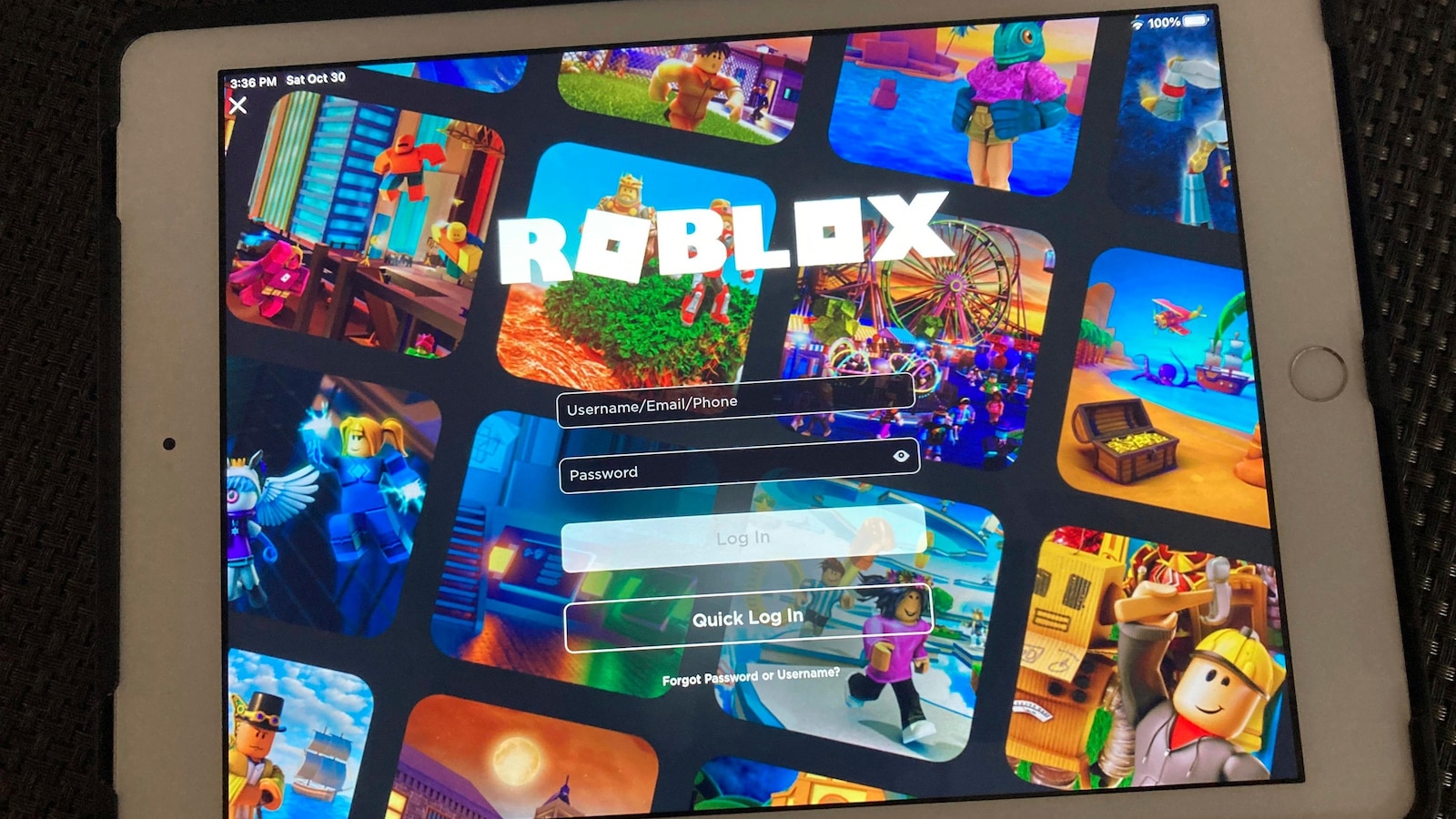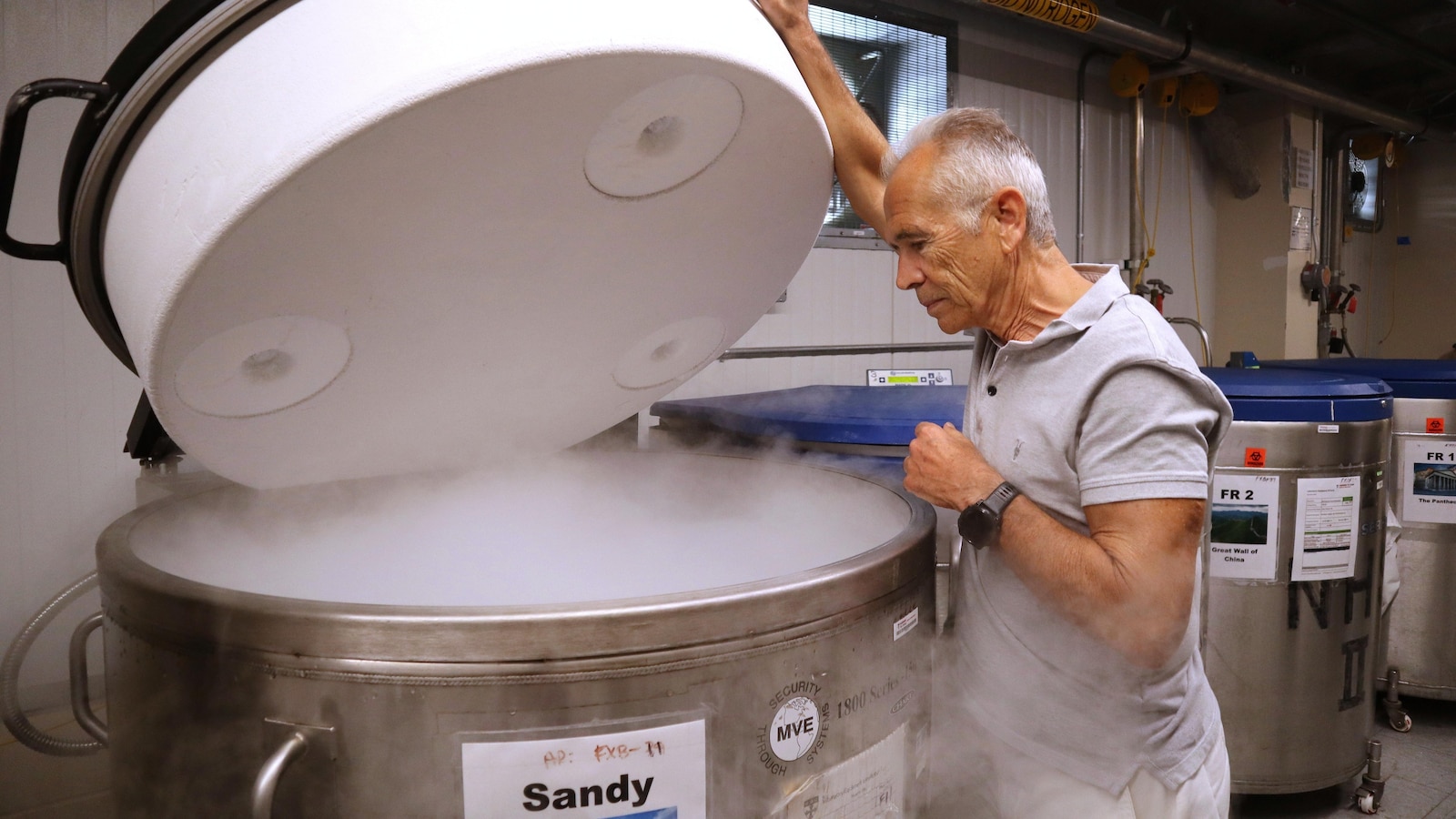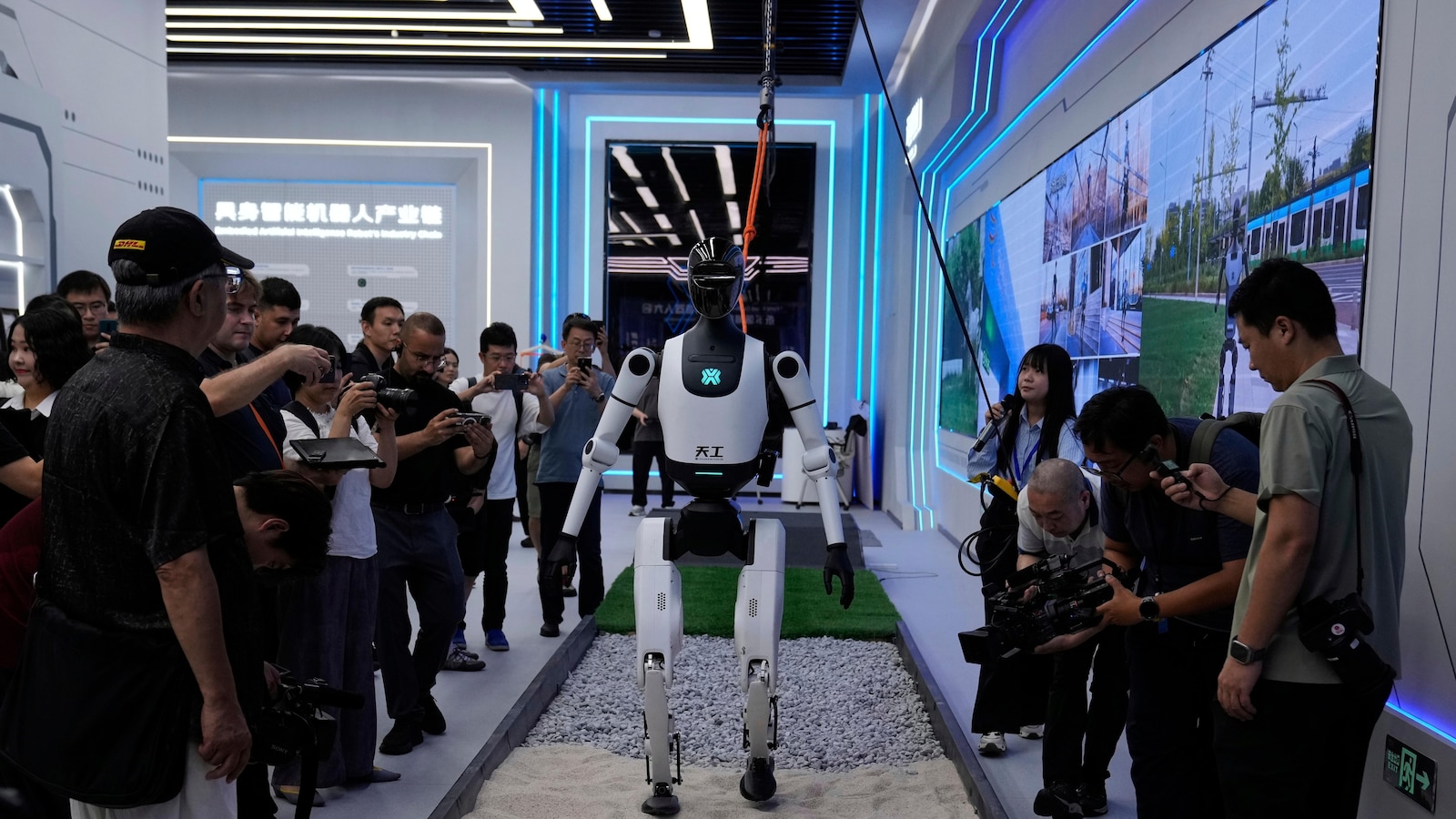Blending ancient Korean cultural motifs with the energy of modern K-Pop, executive music producer Ian Eisendrath and production designer Dan Bleich helped craft the hit animated film’s mesmerizing choreography, vibrant color palette, and chart-topping tracks.
Grammy-nominated executive music producer Ian Eisendrath remembers the exact moment when he fell in love with K-Pop, and it was long before joining the production team.“I was actually on set for ,” says Eisendrath, referring to the live-action musical feature from Sean Anders, starring Will Ferrell and Ryan Reynolds.
“One of my associates, Cynthia Meng, was like ‘Check this out.’ It was the Korean band BTS, and I was instantly like, ‘These people should be writing musicals.’ I went home and started listening to all their stuff.” Funnily enough, just a couple years later, Eisendrath became the executive music producer on Netflix’s animated musical smash hit, , about a world-renowned K-Pop girl group HUNTR/X who balance their lives in the spotlight with their secret identities as demon hunters.Directed by Maggie Kang and Chris Appelhans, the film is currently the most streamed movie on Netflix globally, the soundtrack's lead single, "Golden," performed by the fictional girl group became the first virtual artist track to top both the Billboard Global 200 and Global Excl.U.S.
charts and is being entered for Academy Awards consideration. And, ironically, the film’s song “Your Idol” by a boy band in the film, Saja Boys, topped the U.S.Spotify chart, making them the highest charting male K-Pop group in U.S.Spotify history, surpassing even the long-standing kings of K-Pop and Eisendrath’s first introduction to the musical genre, BTS.
“K-Pop is unbridled theatricality,” says Eisendrath.“Everything about it, everything about that world, is performative.It’s theatre.
And this film is all of that.When I was brought on for this I was like, ‘I can’t believe this doesn’t already exist.And I can’t wait for it to exist.’” When debuted this past June, it didn’t just simply “exist.” It successfully transported its massive viewership into the vibrant, boot-stomping, eye-glittering, sensational world of K-Pop music and performance.
It came for hearts, but fans gave it their souls. Beautifully animated by Sony Pictures Animation and its sibling studio Imageworks, the 3DCG world – where characters Rumi, Mira and Zoey fend off demons with their voices and keep the human world protected by the sacred spiritual boundary called the “Honmoon” – is saturated in ancient cultural references, from tiger and magpie spirits to gut rituals (shamanic ceremonies) and geommu (Korean sword dances).But though the Gwi-Ma is in the details, there are also a lot of K-Pop and K-drama culture references in the way the film is colored and lit to accentuate the music and performance of the main characters. “We had to identify a lighting language,” notes production designer Dave Bleich.“We have concert lighting, and we have music video lighting in these quieter moments.
We took a lot of references from K-dramas, but we wanted to add a little more sophistication because there’s a lot of beauty to K-Pop.I’m not a master at it.I’m still learning.
But we wanted to blend those two references.So our team came up with a way to identify the different lighting we needed in a scene, whether it was more editorial lighting, like what you see in Vogue or Dazed magazines, the big showcase lighting with the glitz and glam of the concerts, or recognizing we need to quiet things down and have less contrast, like in moments where Rumi isn’t surrounded by fans and just standing on a rooftop.” And, while the artists and animators were developing the look of the film, Eisendrath and his team were hard at work on the sound and how that would properly marry with the visuals. “We were initially just working with black and white hand-drawn storyboards,” explains Eisendrath.“I worked intensely with the directors and producers, who are the hub for everything, including animation.
My job was very much to respond to the animation and, once we had approved song mixes, say, ‘This singer, or this character, is so intensely singing this note.Can we match the shape of their mouth to get that emotion across?’ Our deadlines were critical because we had to get things done before animators finished the mouths and faces.The film was so big, and these songs were so iterative that we were always on the edge of our seats, and everybody was biting their nails.” As executive music producer, Eisendrath oversaw everything music, from day one to the final mix.
He worked with directors Kang and Appelhans and producer Michelle Wong to establish spots in the film where songs would exist, what the songs would be about, and how songs would move the story along, pulling references, working on song structure and tempo, overseeing the mixing done by Curtis Douglas, as well as meeting with the songwriters Danny Chung, IDO, Vince, EJAE, Jenna Andrews, Stephen Kirk, Lindgren, Mark Sonnenblick, Daniel Rojas and KUSH from The Black Label.Eisendrath also made sure the music included Korean instruments like the Bipa and Ajaeng string instruments and Janggu and Kkwaenggwari percussion instruments.He even helped decide who would be cast to sing the music, from HUNTR/X singers EJAE (Rumi), Audrey Nuna (Mira) and REI AMI (Zoey) to the Saja Boys singers Andrew Choi (Jinu), Danny Chung (Baby), Kevin Woo (Mystery), samUIL Lee (Romance), and Neckwav (Abby).
“I worked with so many people across multiple countries and time zones and from different disciplines, bringing them over to the narrative space,” says Eisendrath.“That takes time and figuring out a relationship and trusting each other.The Black Label knows what they’re doing but sometimes things didn’t work, or the song wasn’t doing what we needed it to do, and it took a lot of effort from us all to figure out how to cross-pollinate and do this very cool thing.
It was like the film.Rumi had many parts to herself that she had to learn to integrate and it couldn’t be binary.And that’s a lot of what we spent years doing with the music.” And it’s what Bleich and art director Wendell Dalit spent years doing with the visuals. “It’s like, ‘Ok the story is working, the music is working.
What can we do visually to support the music?’” says Dalit.“It was fun thinking about the art and design in that way because we had to switch our brains from ‘We’re making an animation’ to ‘We’re making a music video.’ We had to think like music video directors and concert coordinators.It was a big challenge to think about staging and performance.” Designing to the music was a new thing for Bleich and Dalit because, typically, music is one of the last things added to an animated film.
But, with music as the very heart and soul of , the artists had to let the sounds and beats of the music drive their art. “Once we had our brains wrapped around the music and choreography, it started to become a lot simpler,” continues Dalit.“I just had to think about it like a dancer.” Which actually wasn’t too hard for the art director to do. “I actually have a little bit of a dance background,” shares Dalit.“I’ve done 10 years of salsa dancing and what my instructor pushed on us was, if we wanted to add some musicality to our dancing, to pick out one instrument and emphasize that and it will help simplify the dance moves and make us more musically attuned.
I tried to do that with how we would light scenes in the movie.I would pick out an instrument, or something specific like the percussion, and focus on that and how we lit up Rumi’s half-demon markings or how light would change in a scene.” While the design teams were thinking like dancers and musicians, the songwriters and singers had to think like filmmakers and actors, even having to unlearn methods they’d honed for years for the sake of the story. “Rumi’s voice failing was something really challenging to calibrate,” explains Eisendrath.“What does it look like for an incredible singer like EJAE, who is like the Beyonce of our film, to have their voice give out in a way that feels honest and authentic? We had several rounds of working on that because, if EJAE intentionally made her voice crack or break, it was not something the audience could believe.” So, Eisendrath and his team adjusted the song and put EJAE in a place where her voice would break in a real way. “She’s such a good singer, so we took her to a place where a singer would struggle,” says Eisendrath.
“We call it ‘recording wild’ where we weren’t recording on top of a grid or on top of music but just having her do this part over and over again.There are hundreds of takes of this that went into crafting this one very soft, tender moment… it’s what the movie is about.‘My voice without the lies.’ This is what authenticity sounds like.” Eisendrath, though he suspects it was a frustrating time for EJAE, says it was one of the most rewarding moments he’s experienced in any production. “Collaborating with her was one of the highlights of my life,” says Eisendrath.
“She’s so talented and so capable but was intimidated by this to the point where she asked at first if she could just do her vocals at home.But we told her, ‘Come into the studio.We’re going to do this together.’ And once she got there, she was amazing.” He adds, “I loved working with all the singers.
They each hold a special place in my heart.As well as the songwriters who had to create that finale song “What It Sounds Like” that would somehow eclipse “Golden,” that sounded like writers who’d been through the mill, grown and changed and matured in their writing careers.It had to cover a huge action sequence.
Finding that felt almost impossible, but we found it.” The designers too, as Bleich puts it, “brought their A-game” with the last half of the film.Bleich and Dalit, while not originally die-hard K-Pop fans like Eisendrath coming onto the project, quickly grew to appreciate not only the music itself, but the effort K-Pop artists put into their craft visually. “There’s so much sophistication in their lighting and color that I wasn’t familiar with before this,” says Bleich.“Bands like Blackpink, the way they play color against color, it’s beautiful.” Though Eisendrath may have already been a K-Pop fan, gave him the itch to do more animated projects.
This one was his first ever. “I’ve got to say, I’m sold,” says Eisendrath.“I love it and now it’s all I want to do.” Victoria Davis is a full-time, freelance journalist and part-time Otaku with an affinity for all things anime.She's reported on numerous stories from activist news to entertainment.
Find more about her work at victoriadavisdepiction.com.
Netflix Reveals Expansive Animation Lineup Through December 2025
Netflix Gets Animated At Annecy
Netflix Debuts ‘KPop Demon Hunters’ Official Trailer, Key Art
Netflix Announces ‘KPop Demon Hunters’ Voice Cast, Musical Artists, Release Date
Chris Appelhans Talks ‘Wish Dragon’
Producers Chris Bremble and Aron Warner Unpack Their ‘Wish Dragon’ Journey
Base FX Enters Risky Chinese Animated Feature Arena with ‘Wish Dragon’









